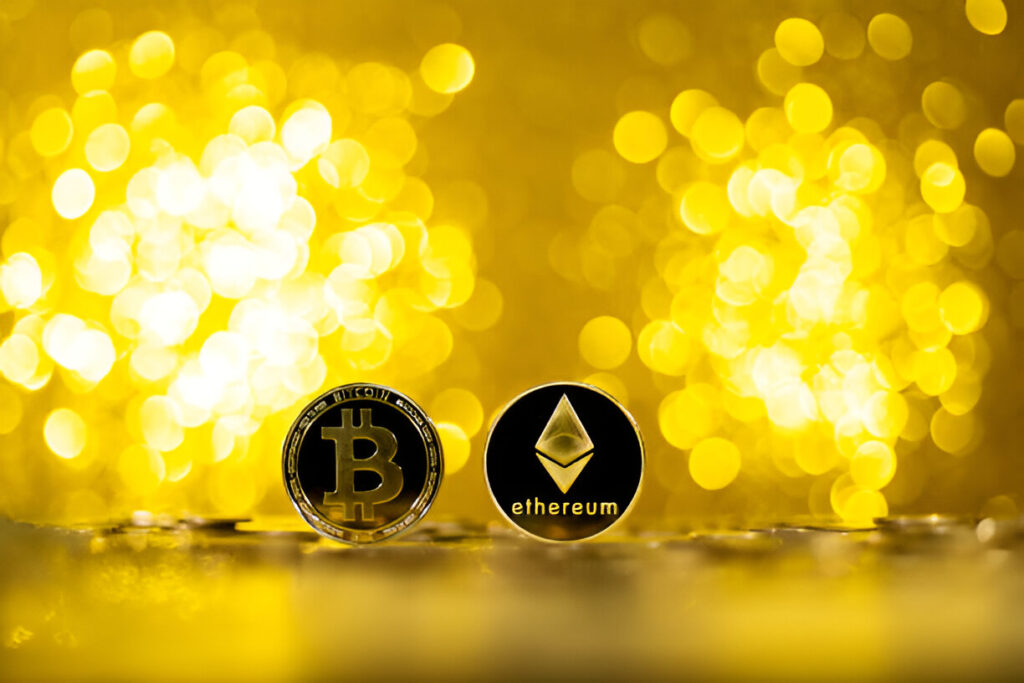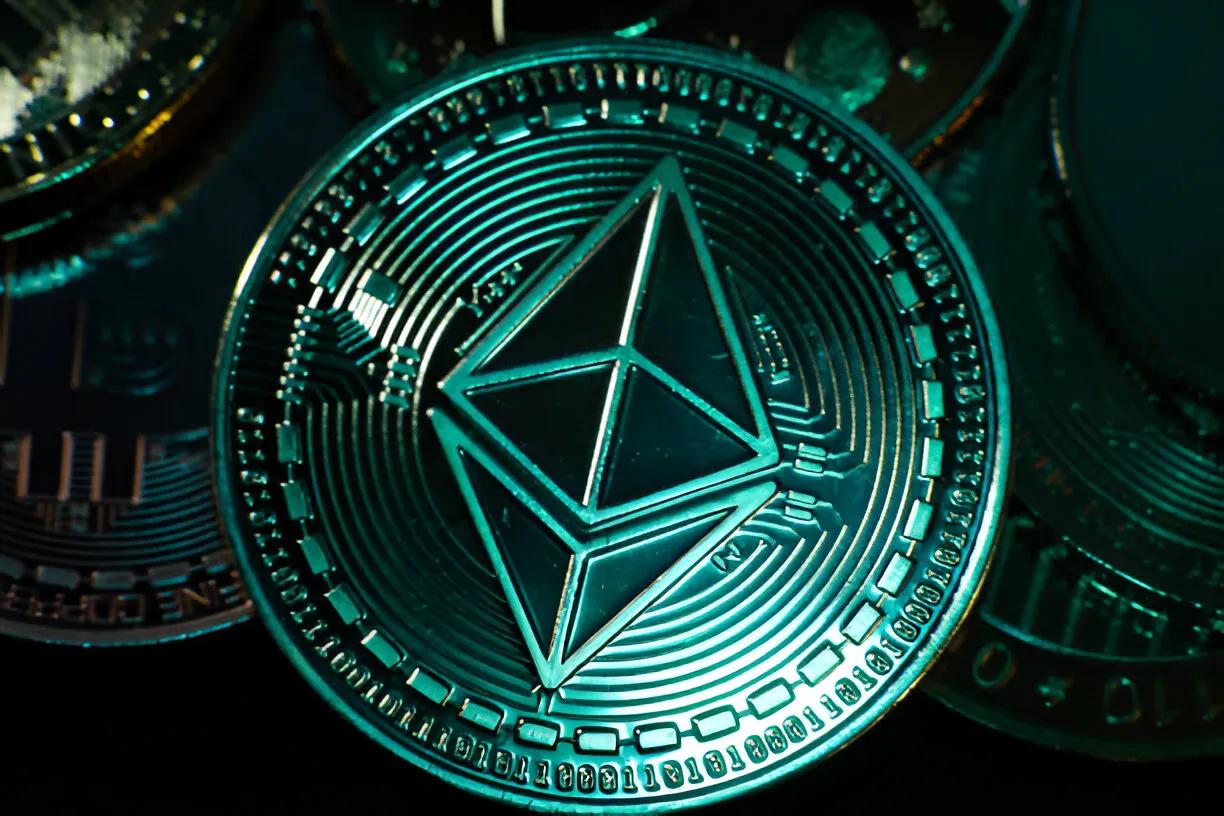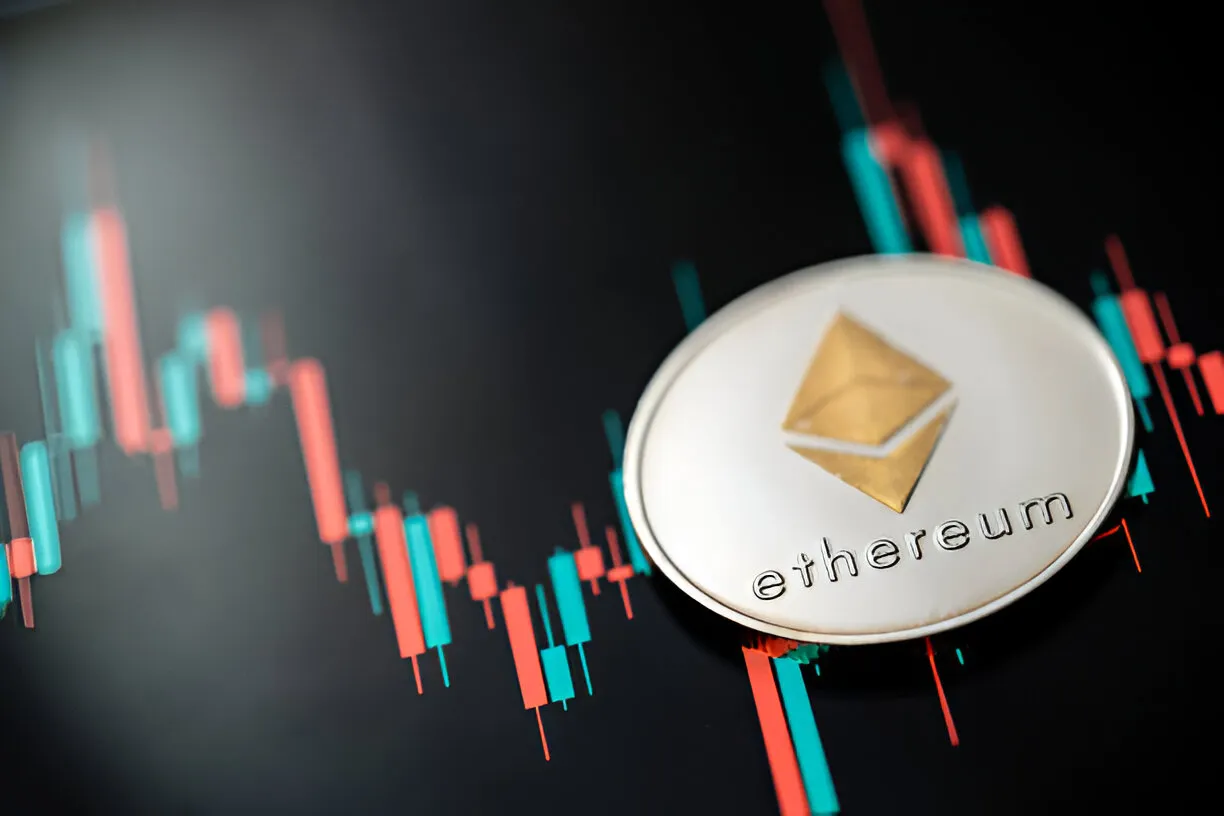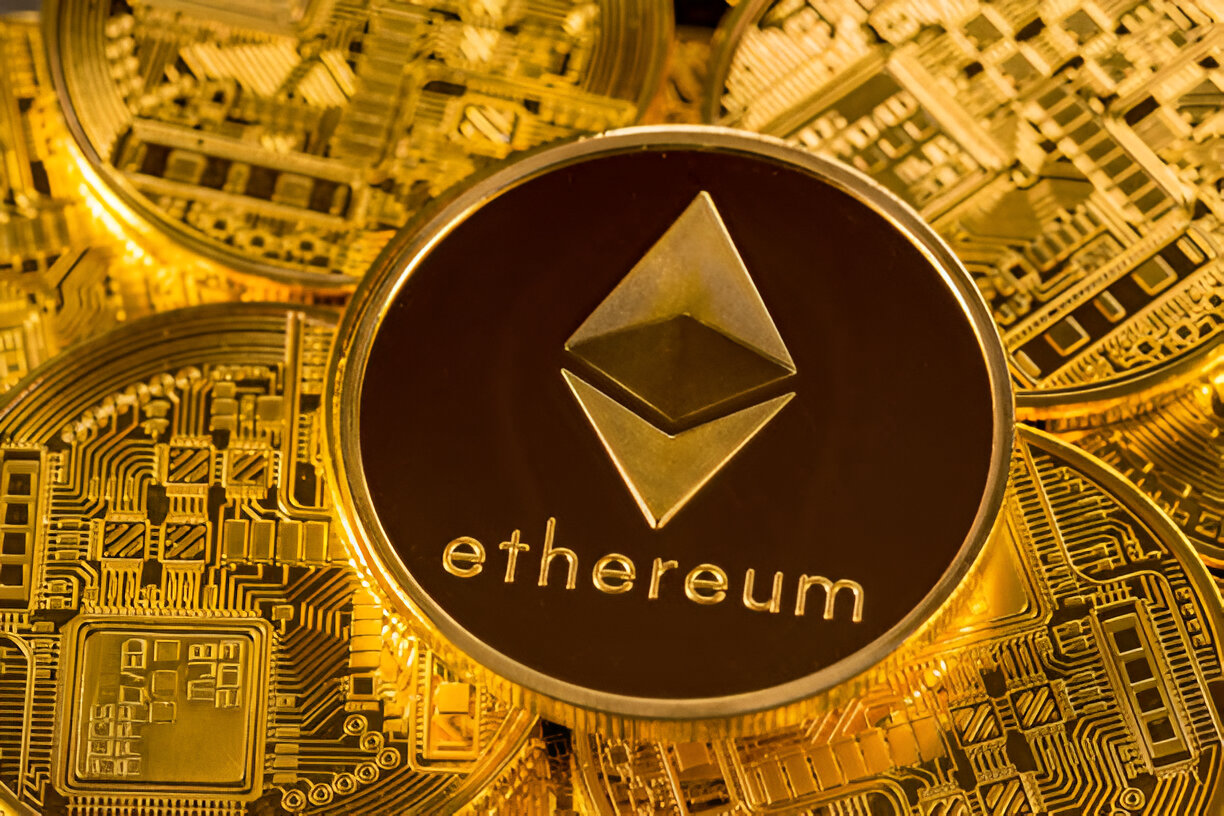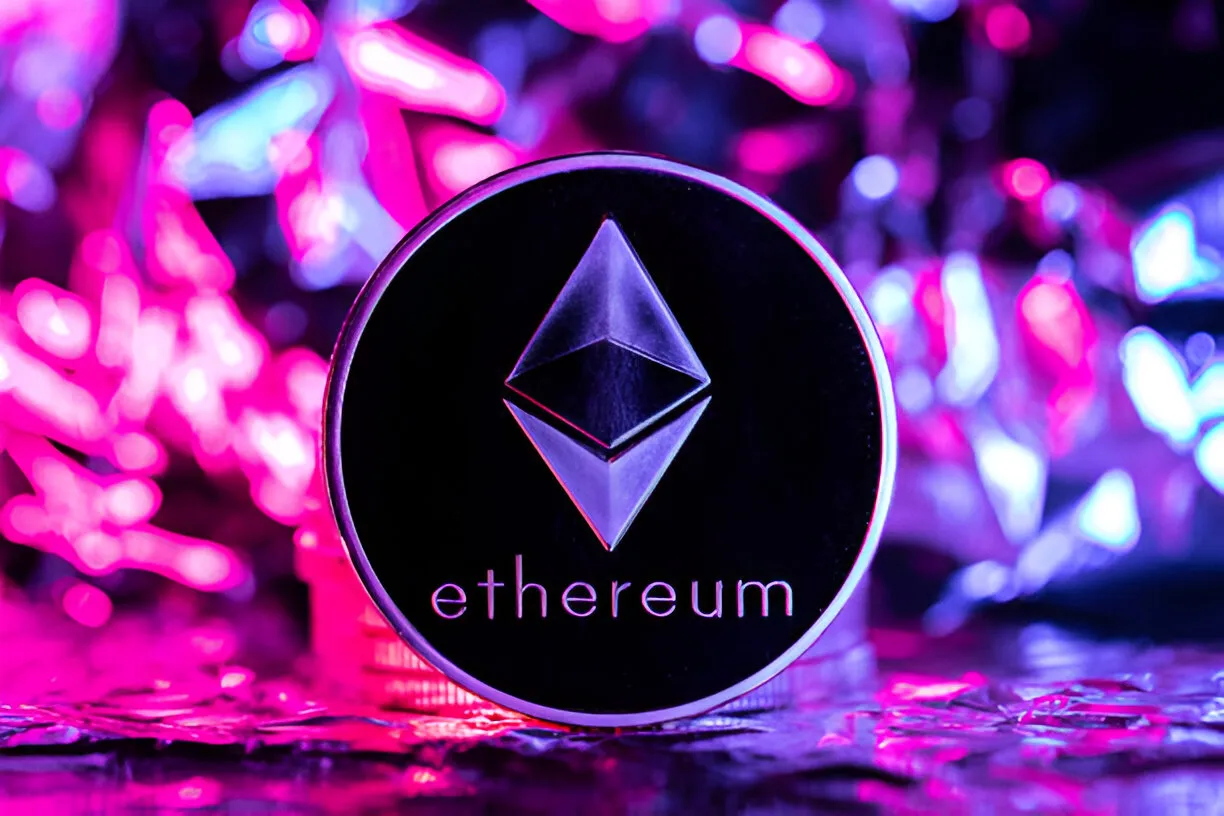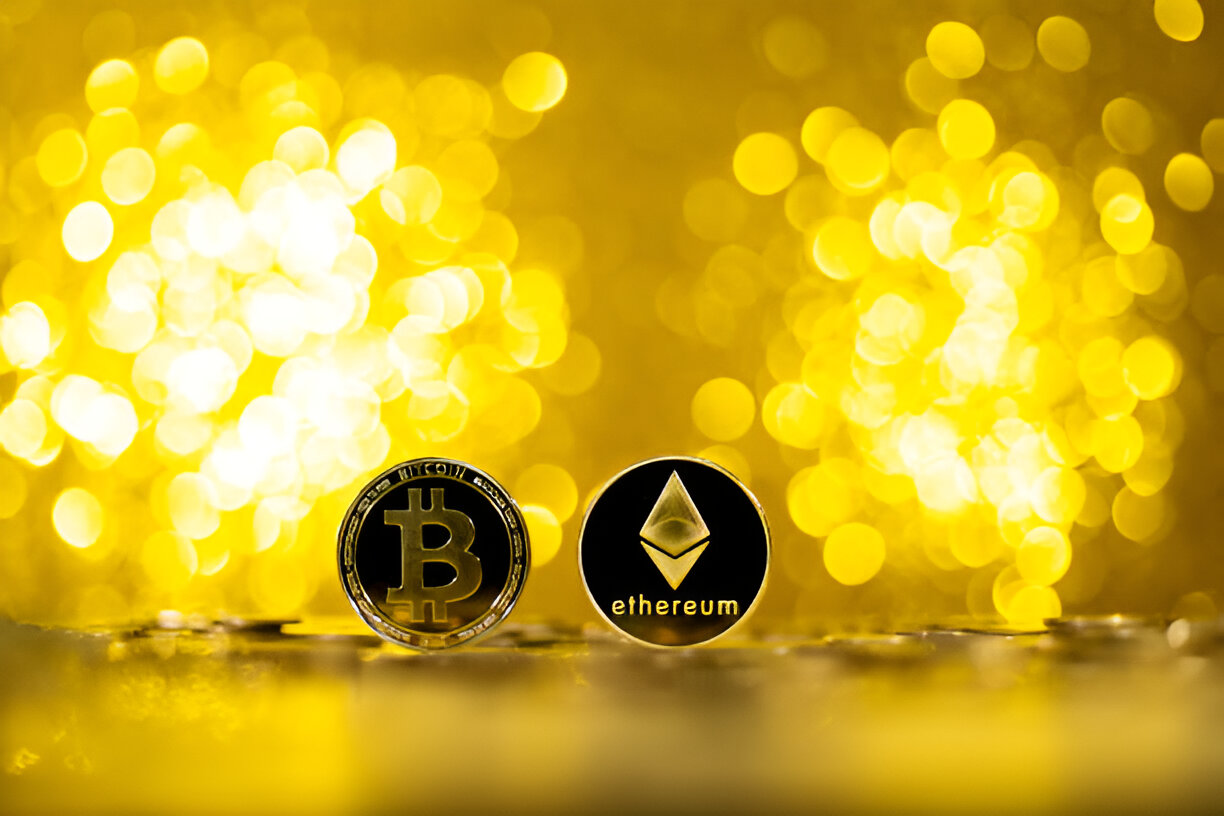How to mine Ethereum is a question that continues to draw attention as people explore the world of cryptocurrency. You’ve likely seen others earning through Ethereum and wondered if you could do the same. The good news? You absolutely can. And no, you don’t need to be a tech genius to get started.
In this guide, we’ll walk through the entire process of Ethereum mining in plain, understandable language, no complicated jargon, just practical insights. Let’s begin.
What Is Ethereum and Why Is It Mined?
Ethereum is a leading cryptocurrency, but it’s more than just digital money. It’s a platform where developers can build decentralized applications, smart contracts, and even NFTs (non-fungible tokens). It’s widely used across various industries.
Mining Ethereum refers to the process of validating transactions and securing the network. Miners use their computers to solve complex mathematical problems.
When a problem is solved, the miner earns a reward in Ethereum. This process is known as Proof of Work (PoW) although Ethereum has recently moved to Proof of Stake (PoS), mining is still a concept worth understanding.
At its core, mining contributes to the integrity and decentralization of the Ethereum network.
How Ethereum Mining Works
Let’s simplify things. When someone sends Ethereum, that transaction must be recorded on a digital ledger called the blockchain. Miners help write those transactions into the blockchain by solving cryptographic puzzles.
Here’s how it works:
- A miner’s computer joins the network.
- It attempts to solve a mathematical problem before others do.
- If it succeeds, the miner earns Ethereum.
- The solved block is added to the Ethereum blockchain.
This process requires a significant amount of computing power and energy, but the reward is real.
What You Need to Start Mining Ethereum
To begin mining Ethereum, you’ll need more than just an ordinary laptop. Here’s what a proper setup requires:
- Powerful Graphics Processing Unit (GPU): The GPU is the backbone of a mining setup. Models like the NVIDIA RTX 3070 or AMD RX 6800 XT are widely used.
- Mining Software: Applications such as PhoenixMiner or NBMiner enable your system to connect to the blockchain and participate in mining.
- Ethereum Wallet: This is where your earnings will go. Wallets like MetaMask or Trust Wallet are popular among beginners.
- Stable Internet Connection: A constant and reliable internet connection is essential to avoid dropped earnings.
- Cooling System: Mining generates substantial heat, so fans or liquid cooling systems are necessary to protect your hardware.
Having the right tools in place is your first step toward efficient mining.
Understanding the Mining Rig
A “mining rig” is simply a computer designed specifically for mining cryptocurrencies. It can be as basic as a single GPU system or as complex as a multi-GPU framework.
There are two ways to obtain a rig:
- Buy Pre-Assembled Rigs: Convenient but often more expensive.
- Build Your Own: Cost-effective and customizable. There are countless video tutorials online to guide you through the process, even if you’re a beginner.
Either way, your mining rig should be optimized for high performance, durability, and heat management.
Choosing the Right GPU for Ethereum Mining
Not all GPUs are created equal. Here are several high-performance graphics cards commonly used for mining Ethereum:
- NVIDIA RTX 3060 Ti
- NVIDIA RTX 3070
- AMD Radeon RX 6800 XT
- NVIDIA RTX 3080
- AMD Radeon RX 5700 XT
When choosing a GPU, consider three factors: hash rate (mining speed), power consumption, and price. The goal is to find a card that offers a strong balance between efficiency and cost.
Downloading and Installing Mining Software
Once your hardware is set up, the next step is downloading mining software. This software connects your system to the Ethereum blockchain and helps you start mining.
Popular Ethereum mining software options include:
- PhoenixMiner
- Claymore
- NBminer
- GMiner
- T-Rex Miner
Always download software from official websites to avoid malware. Once installed, configure it with your Ethereum wallet address and preferred mining pool.
Mining Pools: Why Joining One Matters
Mining solo may sound appealing, but it can be highly inefficient. Solving blocks on your own can take weeks or even months.
This is why most miners join mining pools groups of miners who work together to solve blocks and share the rewards.
By joining a pool, you receive smaller but more frequent payouts.
Notable Ethereum mining pools include:
- Ethermine
- F2Pool
- 2Miners
- Hiveon Pool
- NanoPool
Most pools offer helpful dashboards, low fees, and real-time performance tracking.
Setting Up Your Ethereum Wallet
Before you mine your first fraction of ETH, you need a secure wallet. This is where your mined Ethereum will be stored.
Two main types of wallets exist:
- Software Wallets: Apps like MetaMask, Trust Wallet, and Exodus. Easy to use and great for beginners.
- Hardware Wallets: Devices like Ledger and Trezor. They provide a higher level of security, especially for long-term storage.
Once you set up a wallet, copy your public wallet address. You’ll need to paste this into your mining software so that your earnings are directed to the right place.
How Much Can You Earn Mining Ethereum?
Your earnings from Ethereum mining depend on several variables:
- The performance of your GPU
- Electricity costs in your area
- Pool fees
- Network difficulty and block reward
For example, with a GPU like the RTX 3070, you could earn between $2 to $5 daily after deducting electricity expenses. That’s around $60 to $150 per month.
Keep in mind: these numbers fluctuate based on market conditions and mining difficulty.
Websites like WhatToMine can help you calculate potential earnings for your specific setup.
Electricity: The Hidden Cost of Mining
Electricity consumption is one of the most significant costs associated with mining. If your electricity rates are high, your profits could shrink or disappear entirely.
Some miners relocate their rigs to regions with lower electricity prices. Others mine only during off-peak hours to save on energy.
If you’re serious about mining Ethereum profitably, regularly monitor your power usage and optimize accordingly.
Pros and Cons of Mining Ethereum
Every venture has its advantages and disadvantages. Here’s a summary:
Pros:
- Earn Ethereum passively.
- Learn about blockchain technology and decentralized systems.
- Build valuable technical skills.
- Be part of a global digital transformation.
Cons:
- High initial setup costs.
- Increased electricity bills.
- Potential hardware wear and tear.
- Complexity for beginners.
If you can manage the setup and monitor performance, Ethereum mining can be both educational and rewarding.
Is Ethereum Mining Still Viable in 2025?
Ethereum’s transition from Proof of Work (PoW) to Proof of Stake (PoS) via the Ethereum 2.0 upgrade has changed the landscape. Traditional mining is no longer the primary method of earning ETH, but that doesn’t mean mining is irrelevant.
Alternatives include:
- Staking Ethereum: Earn by holding and locking up ETH in a validator node.
- Running Ethereum Nodes: Support the network and gain rewards.
- Mining Other Coins: Use your mining setup for other cryptocurrencies and exchange them for ETH.
While direct Ethereum mining may be fading, the knowledge and equipment still hold value in the broader crypto ecosystem.
Tips to Maximize Mining Efficiency
To get the best results from your mining setup:
- Keep your hardware clean and cool.
- Monitor your mining software regularly.
- Experiment with different mining pools and software for optimal performance.
- Stay informed through online forums, Reddit, and Discord groups.
- Schedule regular maintenance to ensure long-term stability.
The more proactive you are, the more consistent your results will be.
Ethereum Minning Alternatives
If a full mining setup is out of reach, consider these alternatives:
- Cloud Mining: Rent mining power from companies. It’s hands-off, but be cautious some platforms are unreliable or even fraudulent.
- NiceHash: A platform where you can rent computing power to mine.
- Buying ETH Directly: Skip the mining and simply invest in Ethereum on trusted exchanges like Coinbase, Binance, or Kraken.
Every method has its pros and cons. Choose what fits your resources and risk tolerance.
Final Thoughts
You don’t need to be wealthy or highly technical to get started with Ethereum mining. With the right equipment, a solid plan, and a willingness to learn, anyone can begin their mining journey.
Start with one GPU. Monitor your results. Join a community. Ask questions. With time, experience, and smart decision-making, your mining efforts can become both profitable and rewarding.
More than just a way to earn cryptocurrency, mining Ethereum introduces you to a powerful digital ecosystem that’s reshaping the world of finance and technology.

